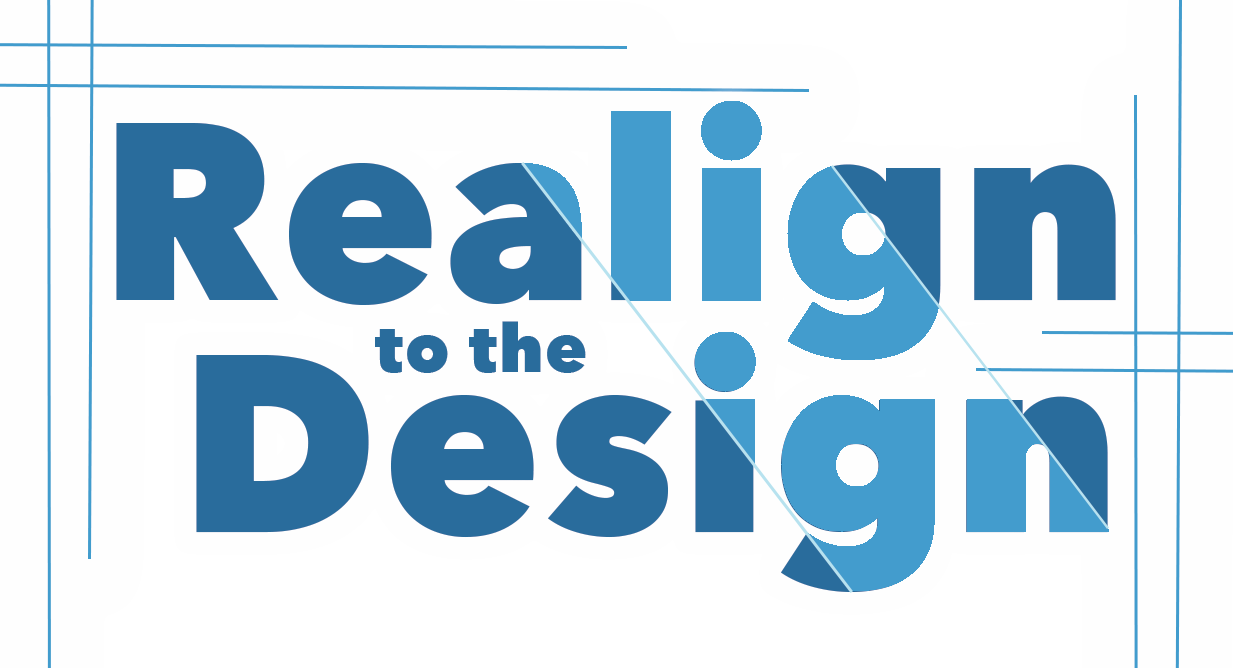For classroom, worship spaces, meeting rooms, "Dilbert' cubicles and more. One of the simplest and yet most under-used techniques for staying focused at school or work or in meetings is "Brain Breaks".
The concept goes back to Brain Gym, and probably further back then that. If you google 'brain gym' you'll find supporters and detractors; detractors say the research doesn't support the claims, the supporters say their experience tells them it works. The current research on exercise and movement seems to support the claim that 'brain breaks' make a difference.
Places like Naperville Central High School use it consistently in almost all their classes. I use it in all the places I have control over, when any length of sitting is involved. The concept is two fold as I have come to understand it: 1) stand up to get the blood moving about every 20 minutes (certainly good for the brain when you've seen scans of what the brain looks like after just 20 minutes of sitting - it is a physical organ in need of nutrition); and 2) do some form of cross-lateral to stimulate the brain hemispheres' communication (think "Pat-your-head-and-rub-you-stomach"; a motor cortex located on each separate side of the brain controls movement on the other half of the body, so the cross-lateral activity forces the corpus callosum to fire between the hemispheres).
Most folks dabble with it and it always feels awkward. No one gets used to doing it and it always seems like an interruption. The places that are successful with it have just made it part of the norm: this is what we do here. (some explanation early on helps, especially for older children and adults, but the leaders have to decide to keep using it as a matter of course.)
If you are going to use brain breaks regularly, you need a good supply of options. It doesn't work well to repeat the same tired two or three options over and over again. Part of the genius of why it works is when the brain has to develop new paths for a new cross-lateral it has not done before. There are good places to go for resources:
- Dr David Katz has a free downloadable pdf for elementary age students.
- He also has a version for adults. (and on vimeo)
- GoNoodle has some great online resources.
- Action Based Learning and Jean Blaydes Madigan are a good resource.
- David Sladkey, a math teacher at Naperville Central High School, put together a book called Energizing Brain Breaks and it is available on Amazon (the used ones are expensive!) or Corwin Publishing (I think it is worth $20).
Here are my suggestions for using them:
- Set a timer - I teach the concept and still blow past 20 minutes unless I remind myself. We don't feel the brain downturn after 20 minutes, but brain scans show us it is there. A good range is 20-30 minutes and gives some leeway on class/meeting/work flow.
- Hydrate the brain often - that means WATER and not flavored and/or sweetened drinks.
- Always at least stand in place. Encourage some simple large muscle movement (swinging the arms) to stimulate blood flow throughout the body.
- Always do some kind of cross-lateral. Change them up with regularity to keep them fresh.
- Never more than 2 minutes long. These are NOT 'bathroom breaks'!
- When possible you can have the movement 'match' the lesson in some way but that is not necessary. Teachers/leaders often worry that these breaks "every 20 minutes" is going to interrupt some 'flow' they have in their classroom or lecture or meeting. The truth is that attention span is measured in SECONDS these days. Over the course of 20 minutes you've lost and (hopefully) regained their attention multiple times. Re-energizing the brain every 20-30 minutes is to your advantage in helping them stay focused and alert.
- Have fun with it. Research indicates that little breaks like this (and even longer ones - we can talk about 'rest' and 'play' and 'sleep' in another blog post) help the brain get creative in solving problems.
I'd love to hear about your experience with "brain breaks" in the real world setting you are in.

